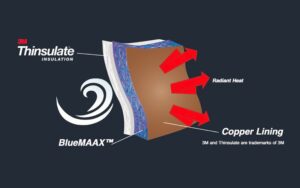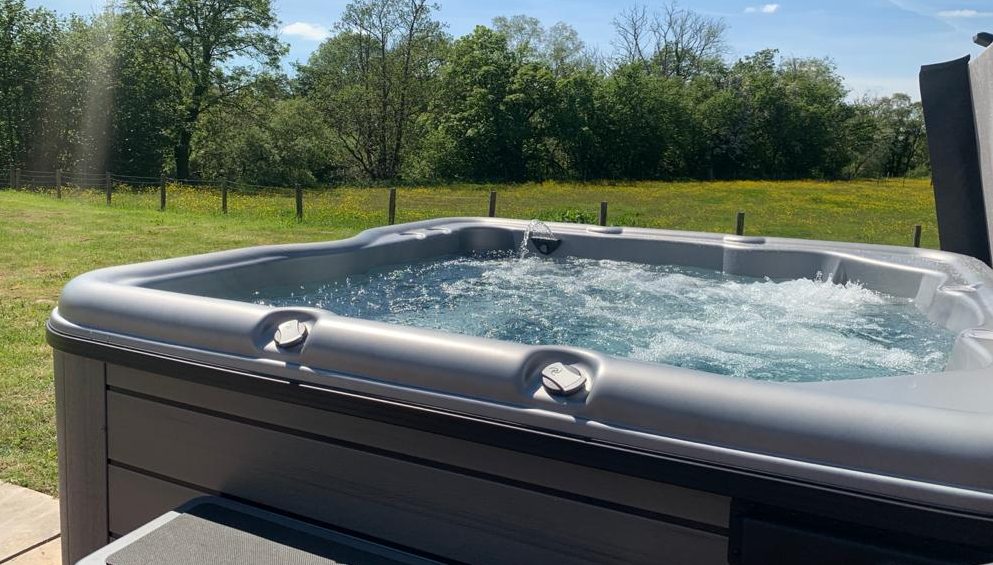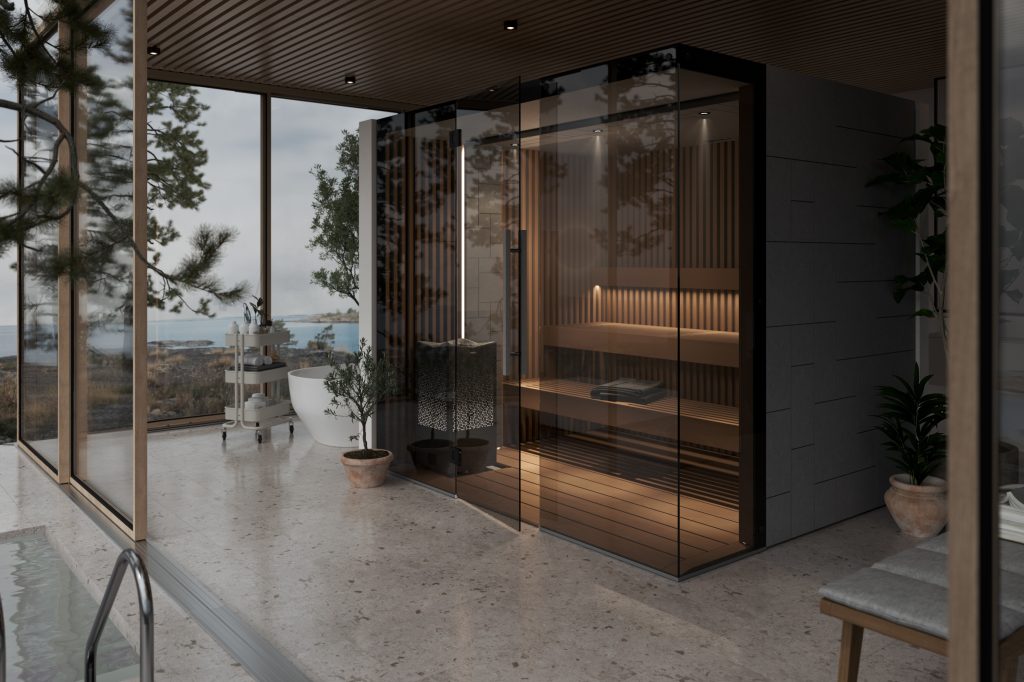When shopping for a hot tub, the kind of insulation it has is going to be very important to keeping your running costs low. The reason being, quality insulation reduces the amount of effort required to raise the water temperature and keep it there, making it better for the environment, easier on your spa parts and kinder to your wallet.
But what makes good insulation, and, with so many types to choose from, how do you know what to go for? Here are the types of insulation you’ll find when shopping around – and what they mean for your energy usage.
No insulation
That’s right – some hot tubs come with no insulation at all. This tends to be typical of inflatable spas, which come with a much cheaper price tag, but if you spy a hard-shelled tub with a price that’s too good to be true, it’s also worth doing your research to make sure it’s not uninsulated. In a tub with no insulation, you’ll lose heat pretty quickly, it will take longer to heat the water and will cost you more in the long run. What’s more, all of the parts will have to work much harder to raise and maintain temperature, so your spa will have a shorter shelf life.
Thermal wrap
Cheaper hard shells may come with thermal wrap as their only form of insulation, which is a thin layer of reflective material around the inside of the shell. This is only marginally better than no insulation at all, and won’t do much to keep your bills down. Sometimes this is added in combination with partial foam insulation.
Partial foam insulation
This is a big step up from thermal wrap and not only provides much better insulation, but also some support to the structure. For a hard-shelled tub, this is the minimum level of insulation you should be looking for, and was once the industry standard. However, if you live in cooler climes (such as the UK), then to really keep costs down you should be looking at a higher standard of insulation. With partial foam, heat can still escape, as the cabinet isn’t entirely filled with insulation. On the other hand, the upfront cost of a partially foam insulated hot tub will be less than a fully foam insulated tub.
Full foam insulation
If you’re serious about keeping costs low, full foam insulation is what you should really be looking for when buying a hot tub. Basically, the more insulated a hot tub, and the higher the quality of that insulation, the less it will cost you in the long run, which is why this is now the industry standard among top manufacturers. In a full foam insulated hot tub, the only parts that aren’t insulated are those that need to be able to ventilate, or need to be accessed when servicing, such as the pumps. Aside from that, the insulation adds additional support to the internal elements of your hot tub, helping to reduce faults from usage. This kind of insulation is preferred by Marquis Spas, and is also used by our Afon Range.
Specialist manufacturer developments
 The importance of insulation is highlighted by the fact that some of the world’s top spa manufacturers have been developing their own solutions. One such is American Whirlpool, which has created its own Northern Exposure® Insulation. This combines BlueMAAX – made from recycled natural fibre and copper lining – with 3M Thinsulate insulation (400 and 800 series models), the same material used in winter clothing, creating a thermal barrier that ensures heat energy generated by the pumps is reflected back into the spa for even better efficiency.
The importance of insulation is highlighted by the fact that some of the world’s top spa manufacturers have been developing their own solutions. One such is American Whirlpool, which has created its own Northern Exposure® Insulation. This combines BlueMAAX – made from recycled natural fibre and copper lining – with 3M Thinsulate insulation (400 and 800 series models), the same material used in winter clothing, creating a thermal barrier that ensures heat energy generated by the pumps is reflected back into the spa for even better efficiency.
Whichever hot tub you choose, if you want to save money in the long-run, make sure insulation is at the top of your checklist.
Want to learn more about how to choose the right hot tub for you? Check out our hot tub buying guide, or get in touch to book a showroom visit online or by calling 01974 241 642.




